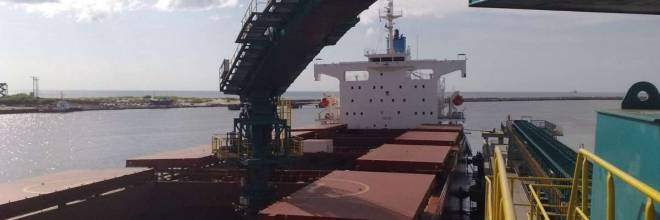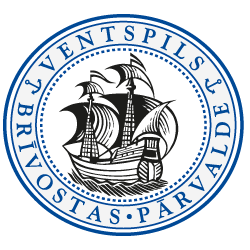
In 2018, the total volume of cargoes transhipped by the terminals working at the Freeport of Ventspils has exceeded 20 million tons for the second year in a row. Indicators of the aforementioned year represent 1% over the volume of 2017 and 8% over the volume of 2016.
Last year, the highest growth was observed in coal segment in comparison with 2017, furthermore, volumes of the transhipped manganese ore, fertiliser and Ro-Ro cargoes (shipped by ferries), which show the most stable long-term growing trend at the Freeport of Ventspils, have also grown.
Ro-Ro cargo traffic between Ventspils and Scandinavia (Port of Nynäshamn) is currently provided at the Port of Ventspils by the ferry operator “Stena Line”, continuing increase of both the volume of cargoes and number of passengers. The year of 2018 has also delivered a new record of volume of ferry cargoes and number of passengers. Ferry line was used by 221’430 passengers in 2018, representing 11’536 passengers or 5% over the indicators of 2017. Whereas the volumes of Ro-Ro cargoes on this line have increased by 106 thousand tons or 5%, thus reaching 2.2 million tons.
The Freeport of Ventspils Authority continues investments in the development of the port infrastructure improving the operation and competitiveness of the terminals. In 2018, port’s Southern Pier was reconstructed and quay wall renovation was commenced, furthermore, access roads of the port and industrial areas of the total length of 8 km were reconstructed. The year of 2019 will begin with the most voluminous port infrastructure project in the recent years – renovation of the Northern Pier. Construction and renovation of access roads will also continue, and other works will be performed. Investments in the construction, renovation and maintenance of infrastructure form the most significant task for the Freeport of Ventspils Authority. Thus, the Freeport of Ventspils Authority implements its key function – territorial development, providing the best conditions for the development of the port terminals and industrial companies, at the same time offering services for the lowest port fees on the eastern coast of the Baltic Sea.
